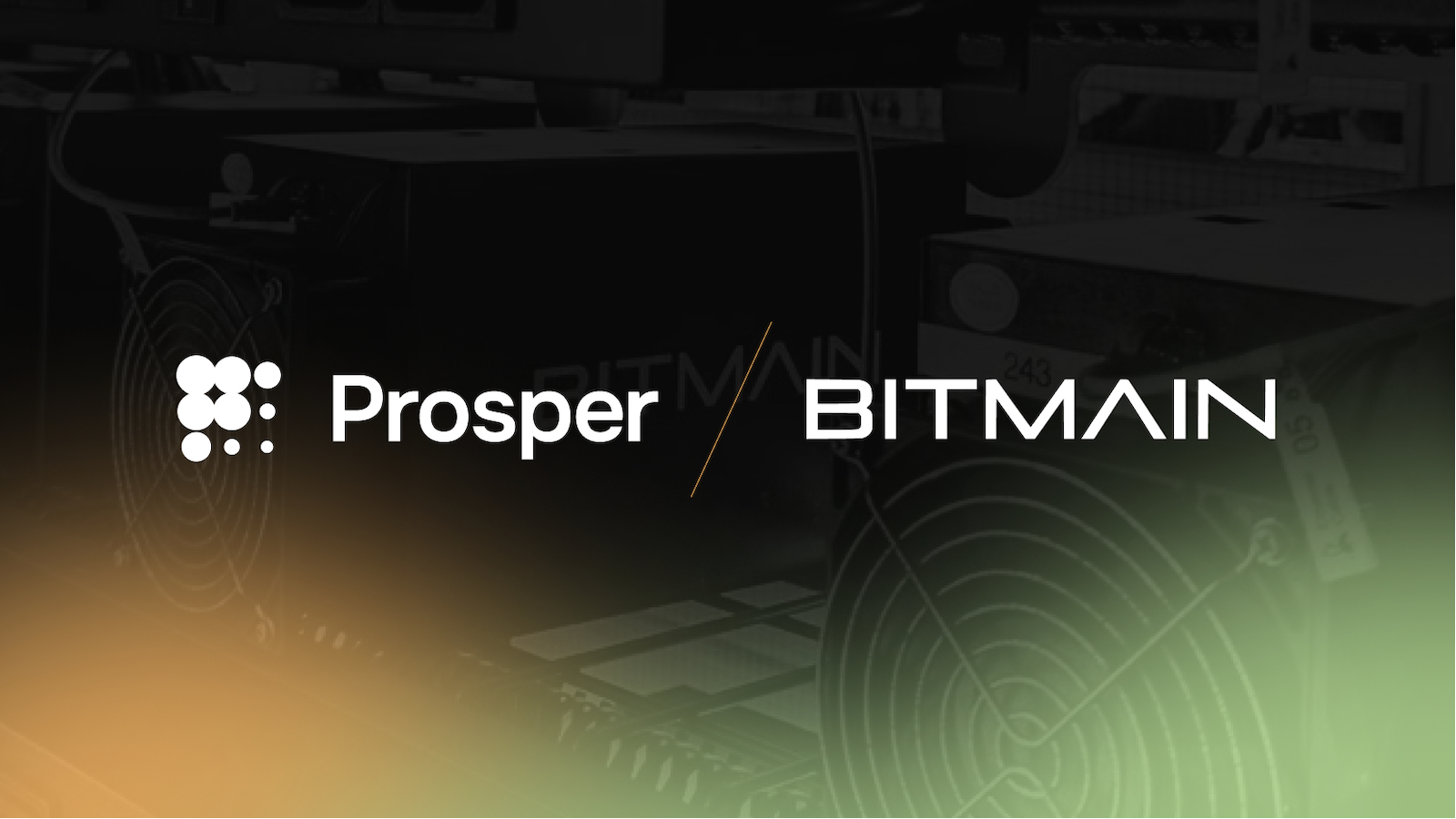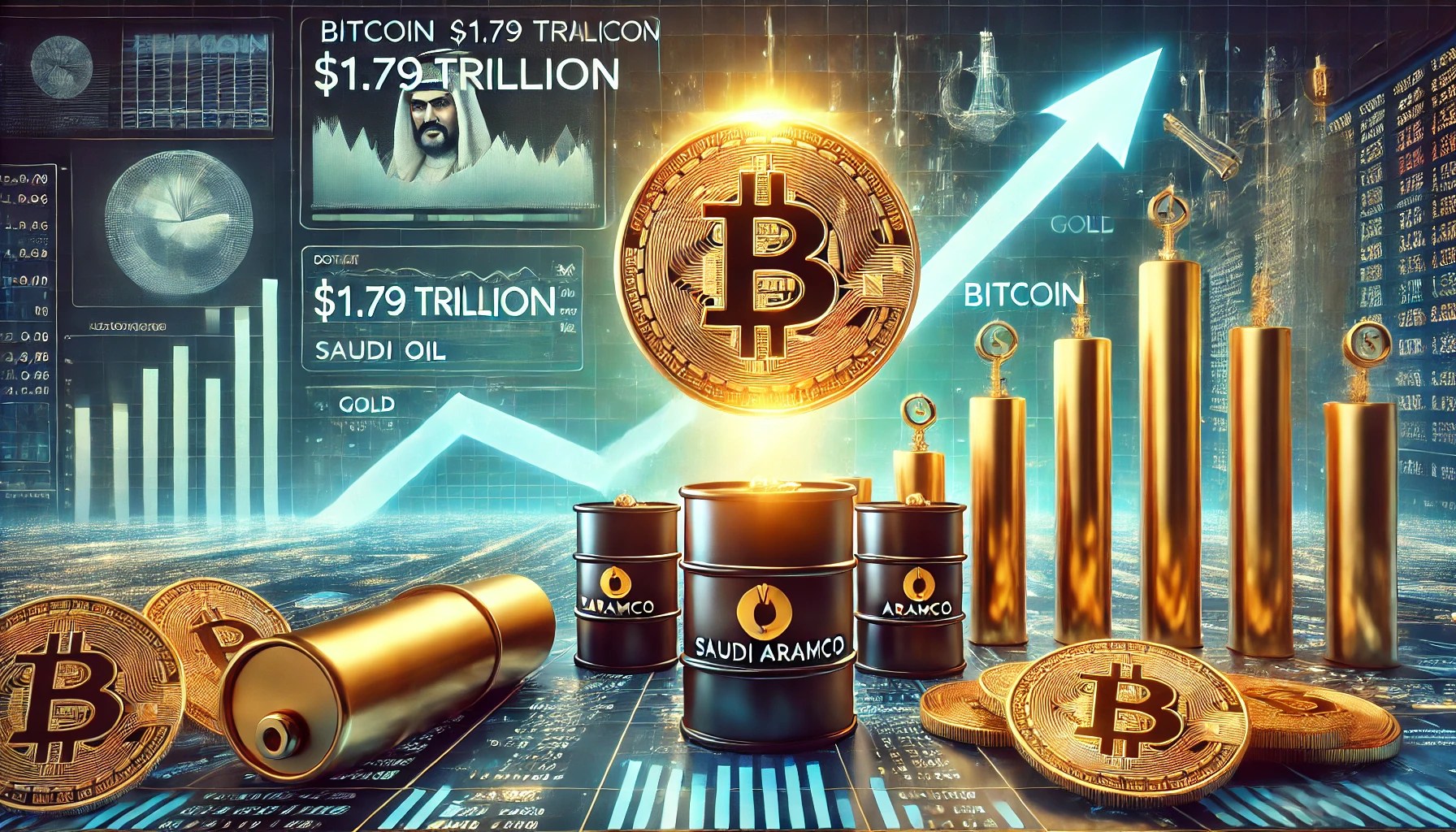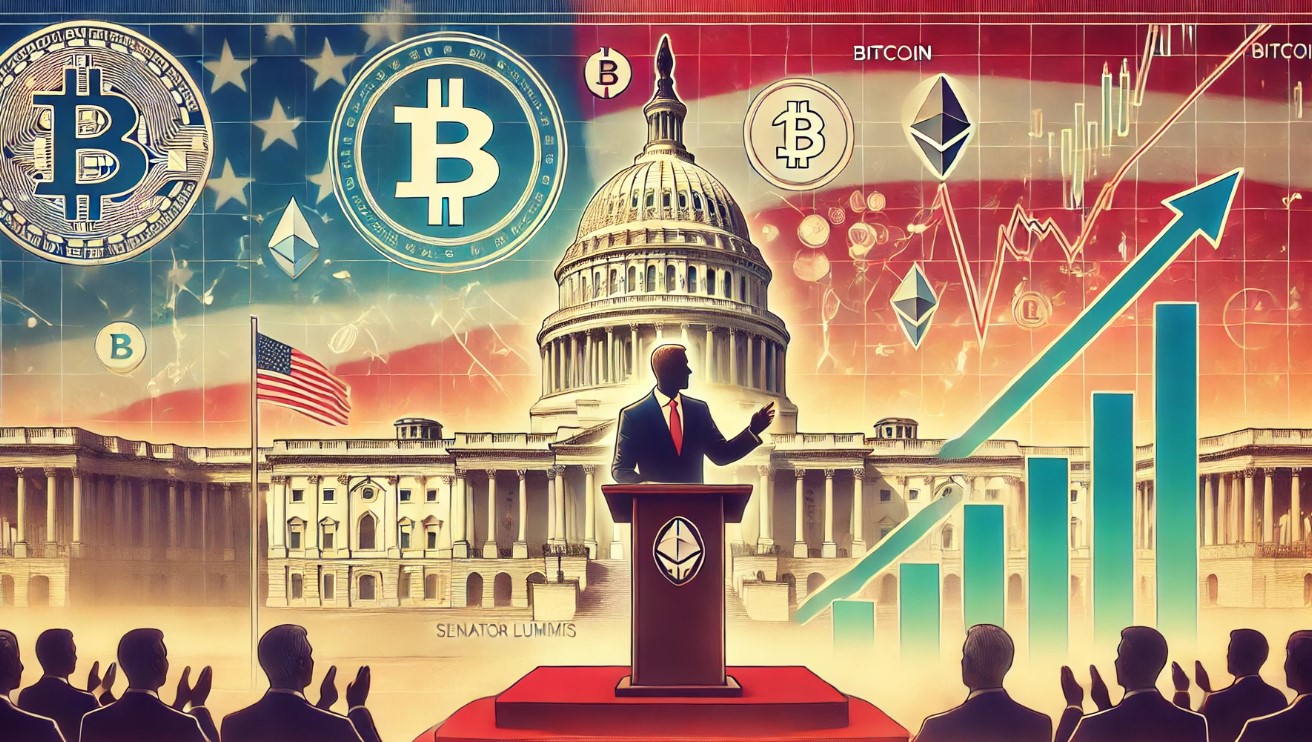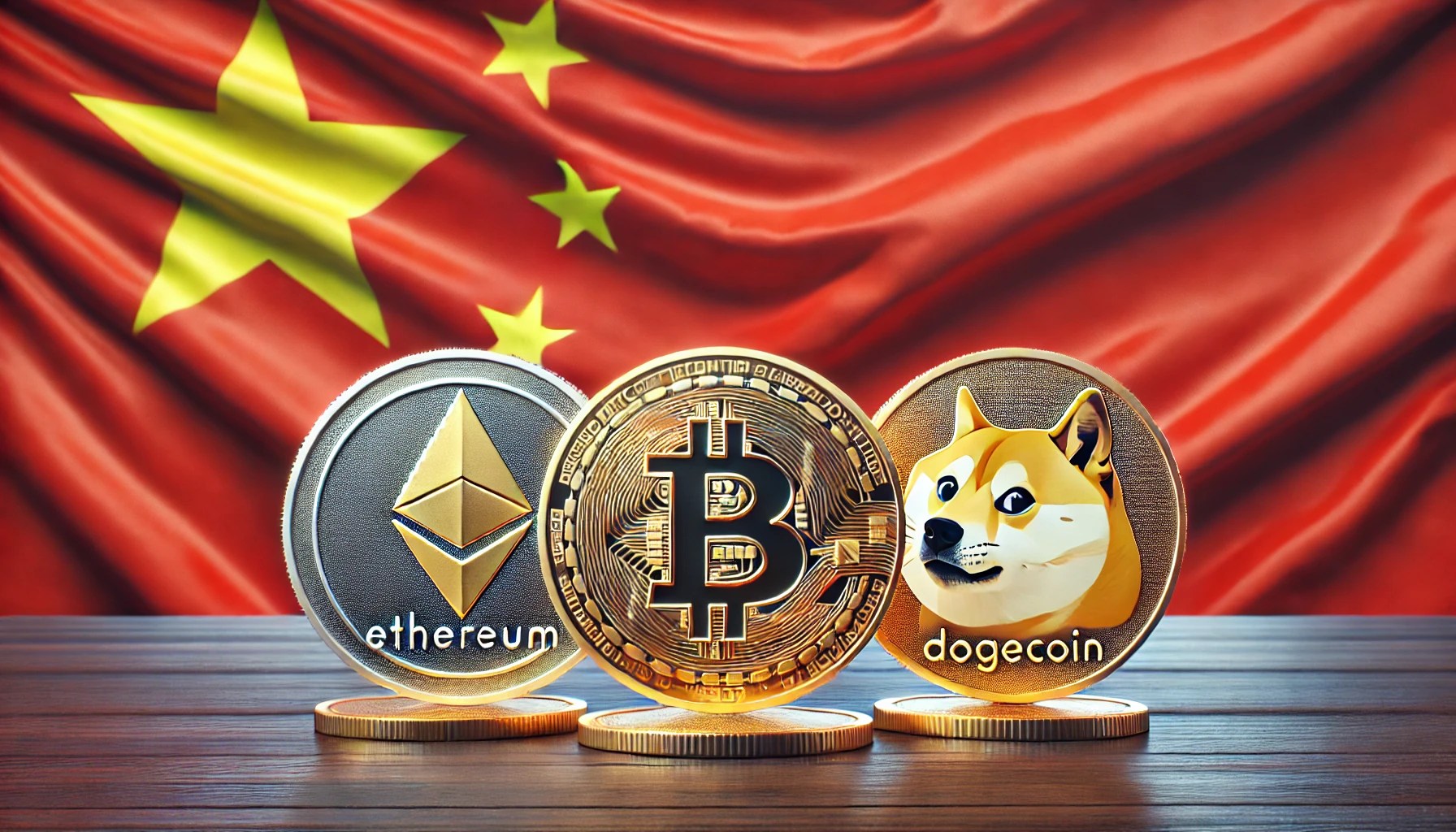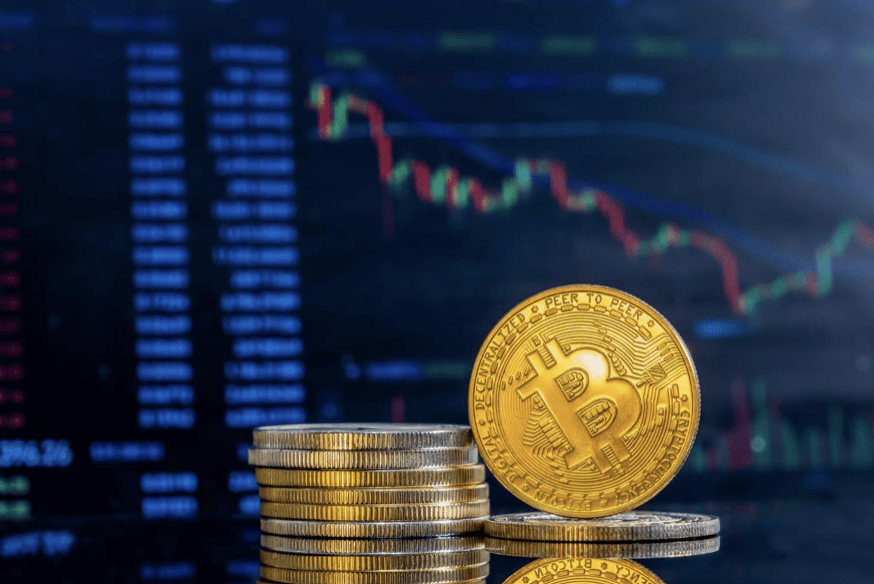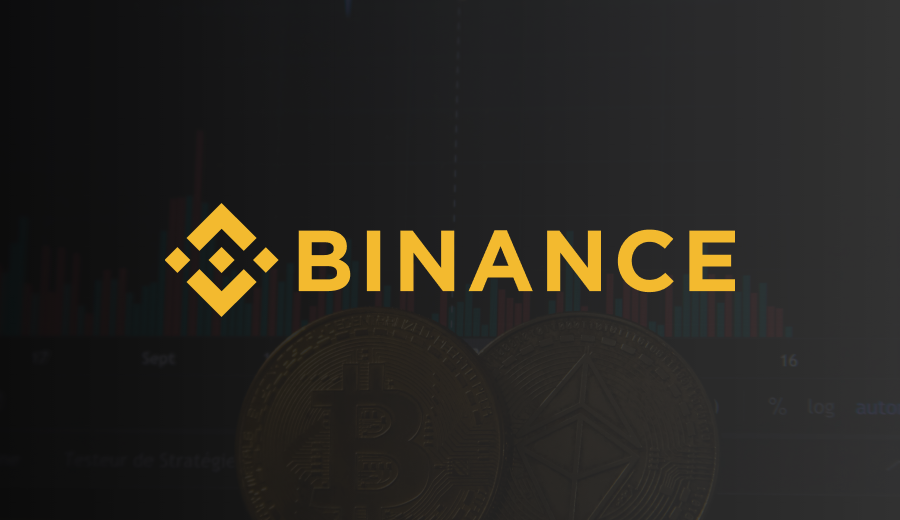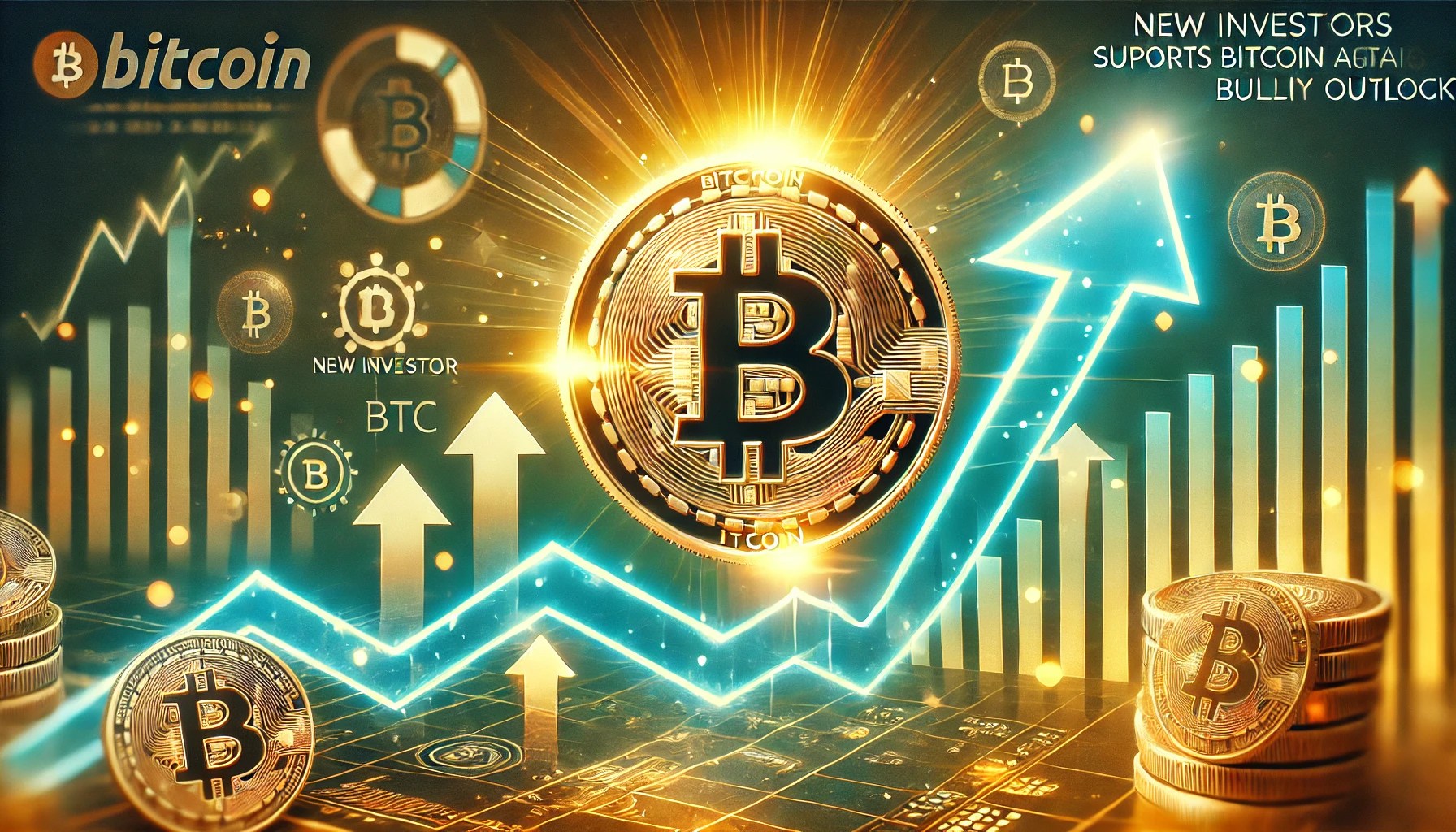The cryptocurrency industry is one that is constantly evolving. One of the latest trends in the cryptosphere, is ‘token burning’. Simply put, this creates a decrease in supply, which then increases the price of a token. Recently, Ethereum began the process of buying back tokens, and burning them. This act of burning tokens has become increasingly seen as the norm in many new crypto projects, with pre-set dates established for this to happen.
So, what exactly is token burning, and what are its long-term growth benefits for the token and investors?
What is Token Burning?
The term ‘token burning’ refers to the process of intentionally making tokens unusable. To do this, the development team sends the coins to a wallet address, in which no one holds the private key to, where the ‘burning’ takes place. The activity is recorded on the blockchain for transparency so that everyone can see that the burning took place.
The tokens to be burned could be either unallocated tokens, or those stored in treasury or team wallets. To better better understand this process, let’s look at the recent example of FibSwap’s token burning which took place in July. During the event, the exchange burnt 500 million of its unissued Fibo tokens as a deflationary mechanism. At the end of the burning, the total supply of Fibo tokens was reduced from 10 billion to 9.5 billion.
During the process of burning, the exchange sent the signatures of the 500 million tokens to a black hole address. The black hole address is a public wallet that everyone can view on the blockchain but no one can retrieve the contents of the wallet – this is done for transparency purposes. For context, the transaction Ids for FibSwap’s token burn are listed below.
Transaction ID 1:
https://bscscan.com/tx/0xda0515648ca7383941f34b90f51a5184661cd08043ebd0630063924e37d8bfd5
Transaction ID 2:
https://bscscan.com/tx/0x46fac22b79a83ce623c644866e4c043442333ca04cb90e10f3c3be9c587c5e22
Token burning is an important differentiator in cryptocurrency. It sets apart larger blockchains, such as Bitcoin, from altcoins and tokens, where the practice of token burning is rarely used. Instead, altcoins and smaller tokens are frequently burned to control supply, thus providing significant incentives to investors to hold on to their tokens.
Long Term Growth Benefits of Token Burning
It all comes down to supply and demand, burning tokens systematically reduces the supply. If demand remains constant or increases, the price will naturally rise.
When projects burn tokens, they do so in the hope that the value of the token will rise over time. For example, on the 26th of July, FibSwap announced that they would be conducting their first-ever token burn. After the process, the price of the Fibo token quickly jumped by 164% after the announcement was made. In the short term, the Fibo token that was previously selling at $0.0012 saw a sharp increase in price to about $0.0102 as of August 2021.
Being a new phenomenon in tokenomics, the effects of burning on the market is not fully understood. However, experts say continuous burning can help maintain a coin’s value in the short run while increasing its value over time. Using the Fibo example again, between July and October 2021, burning has helped the Fibo token’s price remain stable, ranging between 0.004and 0.01 USD.
Whilst the effects of token burning have an impact on the price of tokens, most trading platforms have used the activity to develop more use cases for their tokens. This means more benefits for the token holders, such as the ability to pay using the token or early access to some promising IEOs.
Besides the incentives for investors, there are additional benefits to token burns. Token burning adds an extra layer of security to exchanges and acts as an anti-spam mechanism that protects against a Distributed Denial of Service (DDOS) — a type of human-backed virus attack.
Disclaimer: This is a sponsored press release, and is for informational purposes only. It does not reflect the views of Crypto Daily, nor is it intended to be used as legal, tax, investment, or financial advice
Credit: Source link




